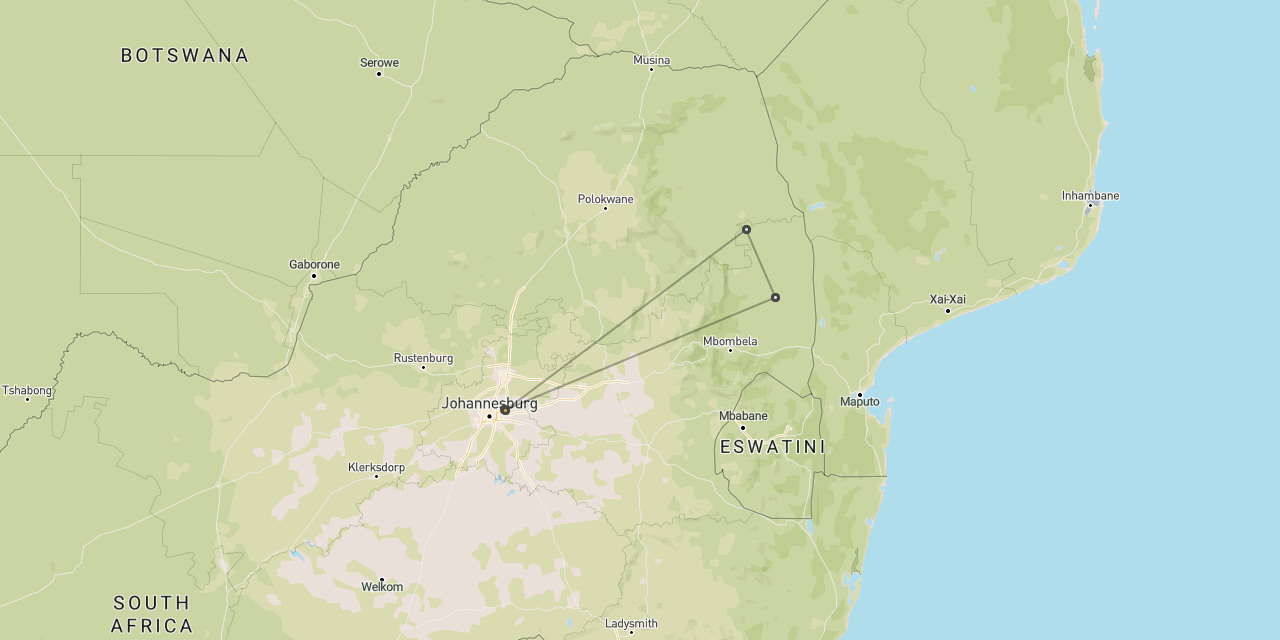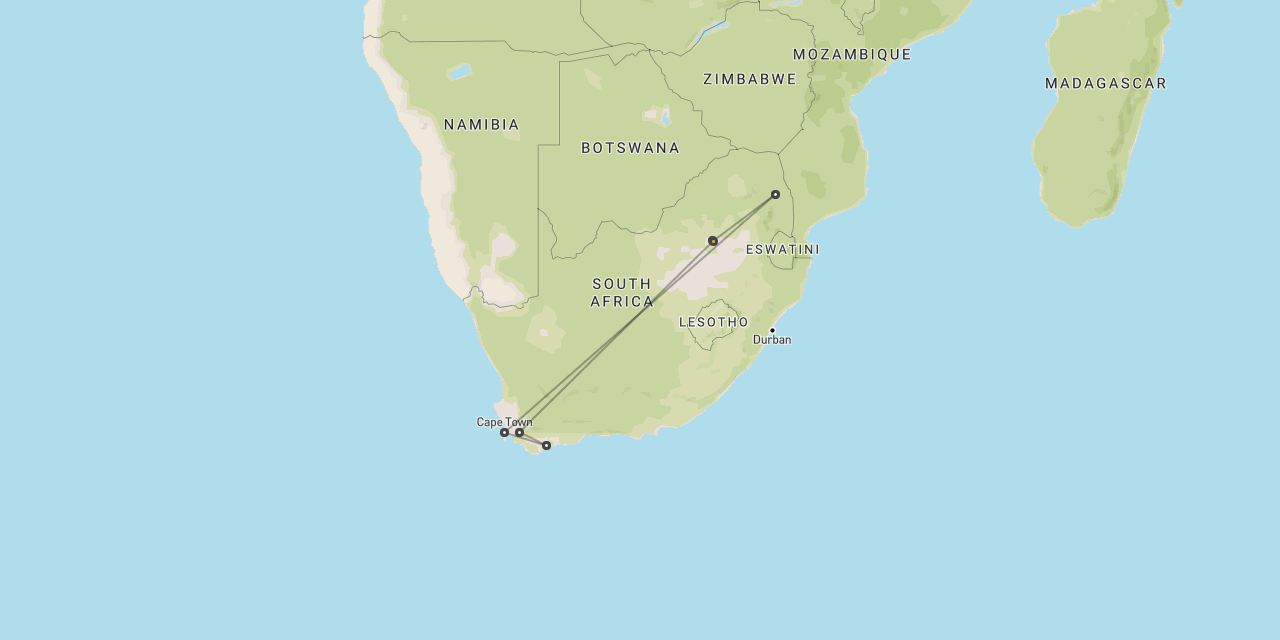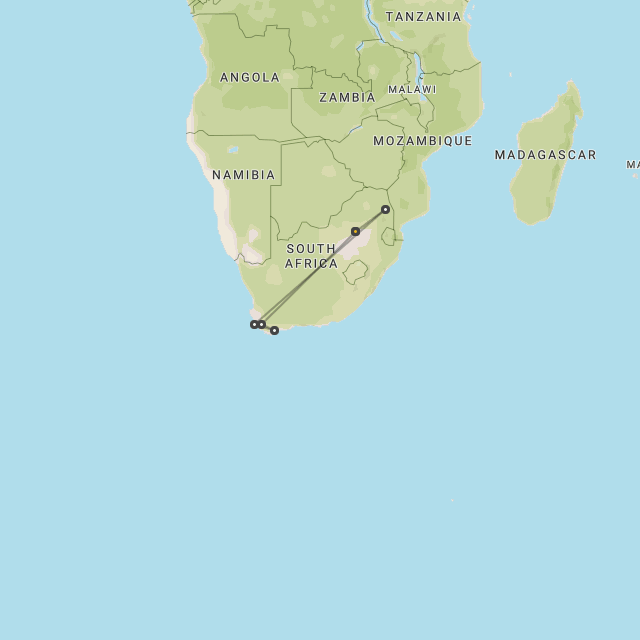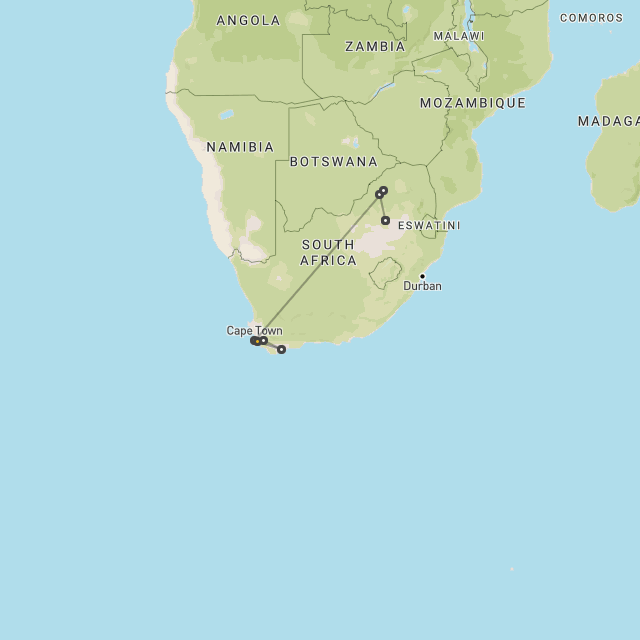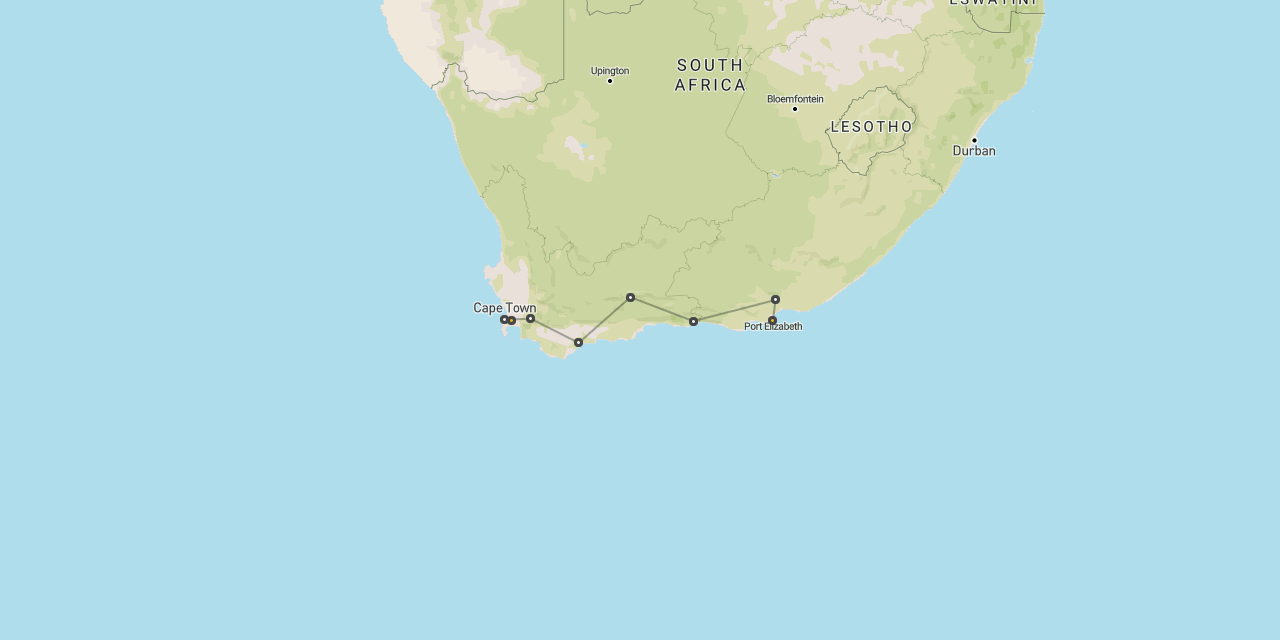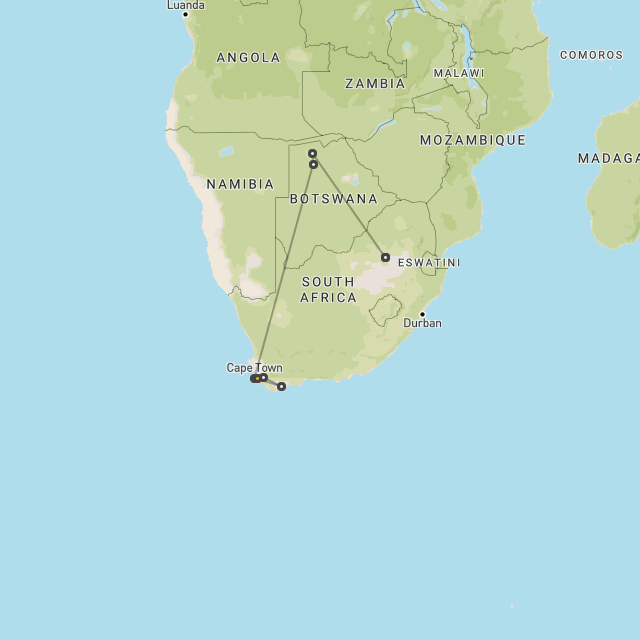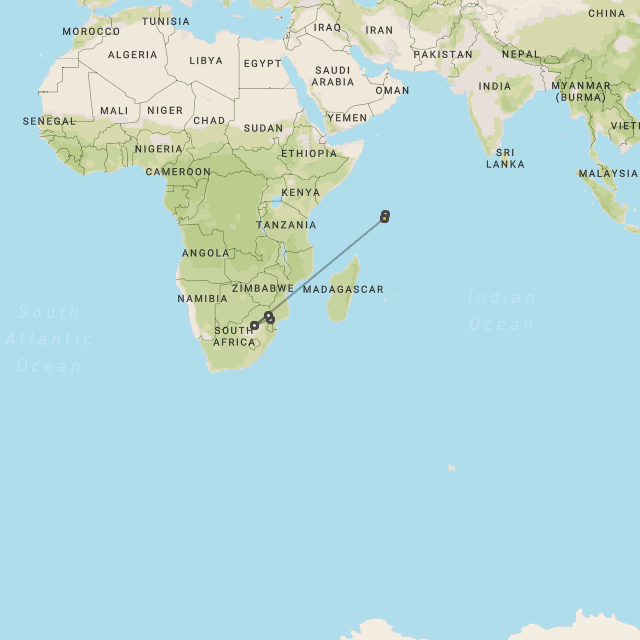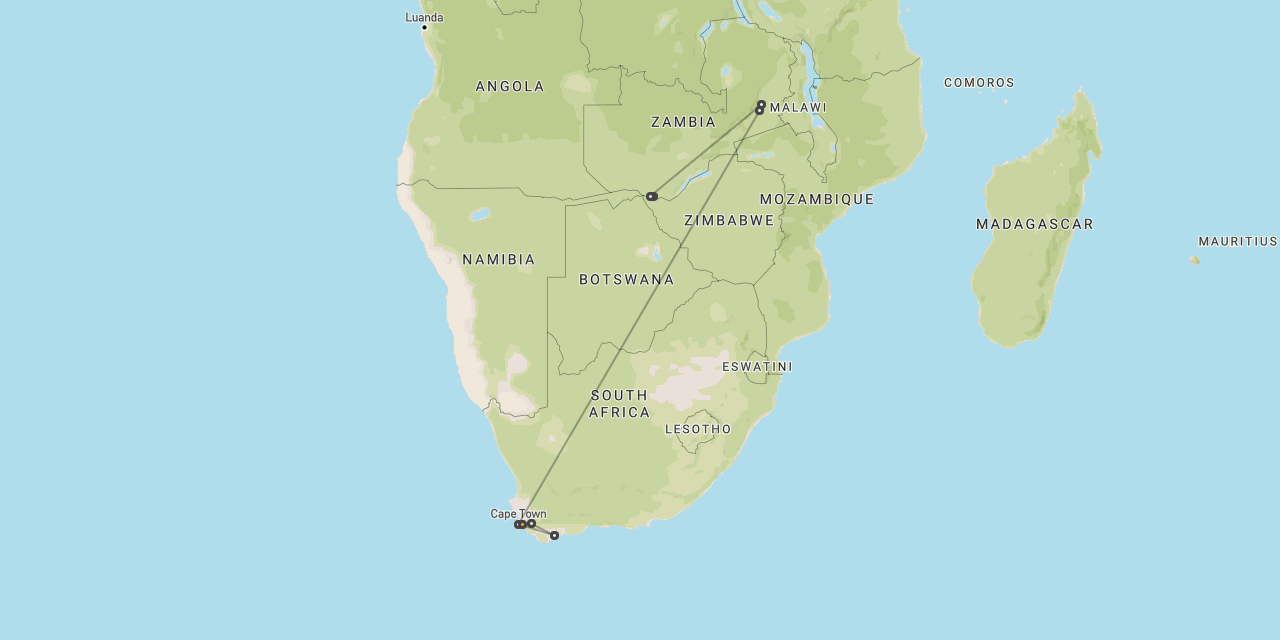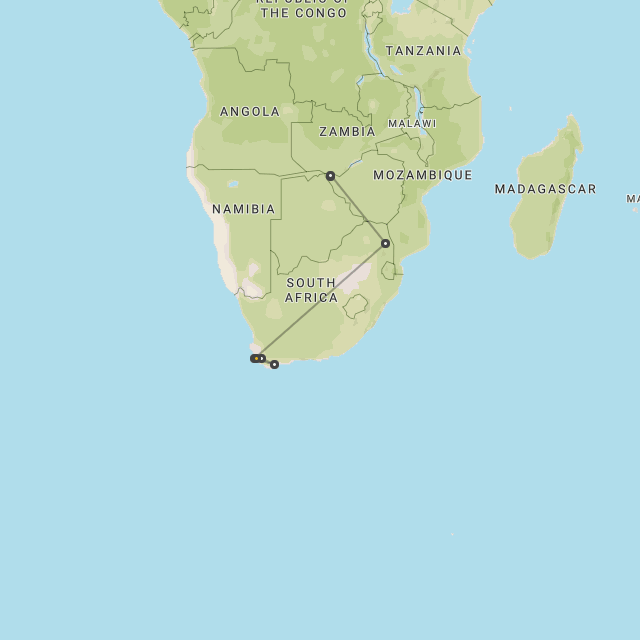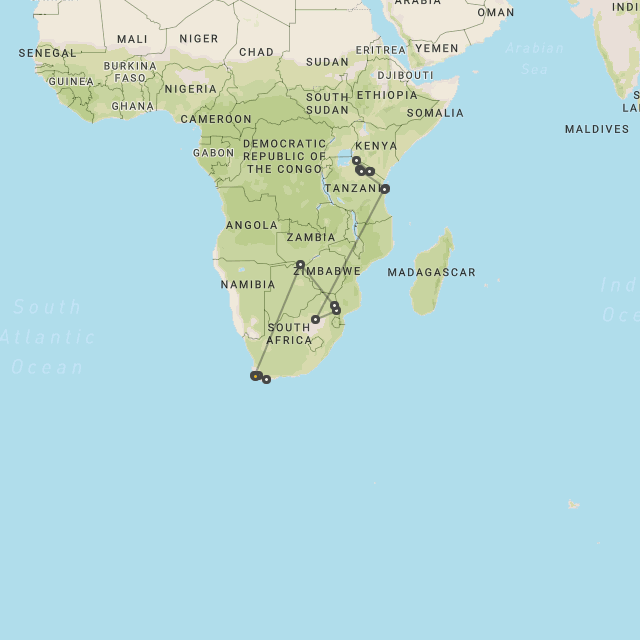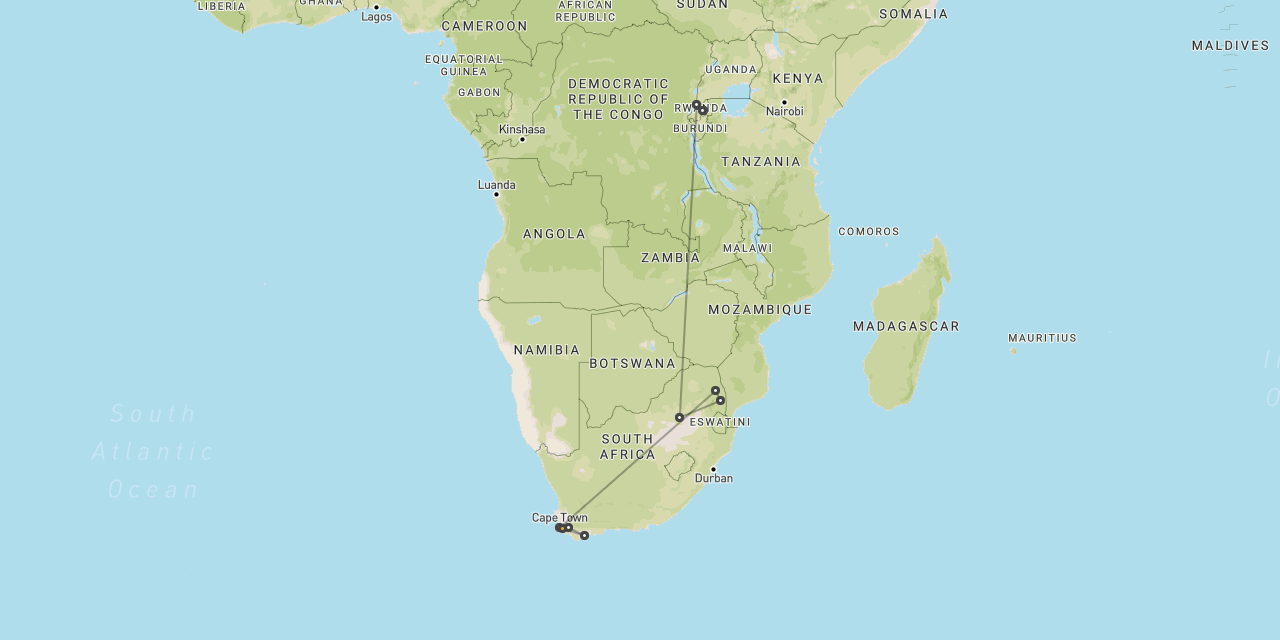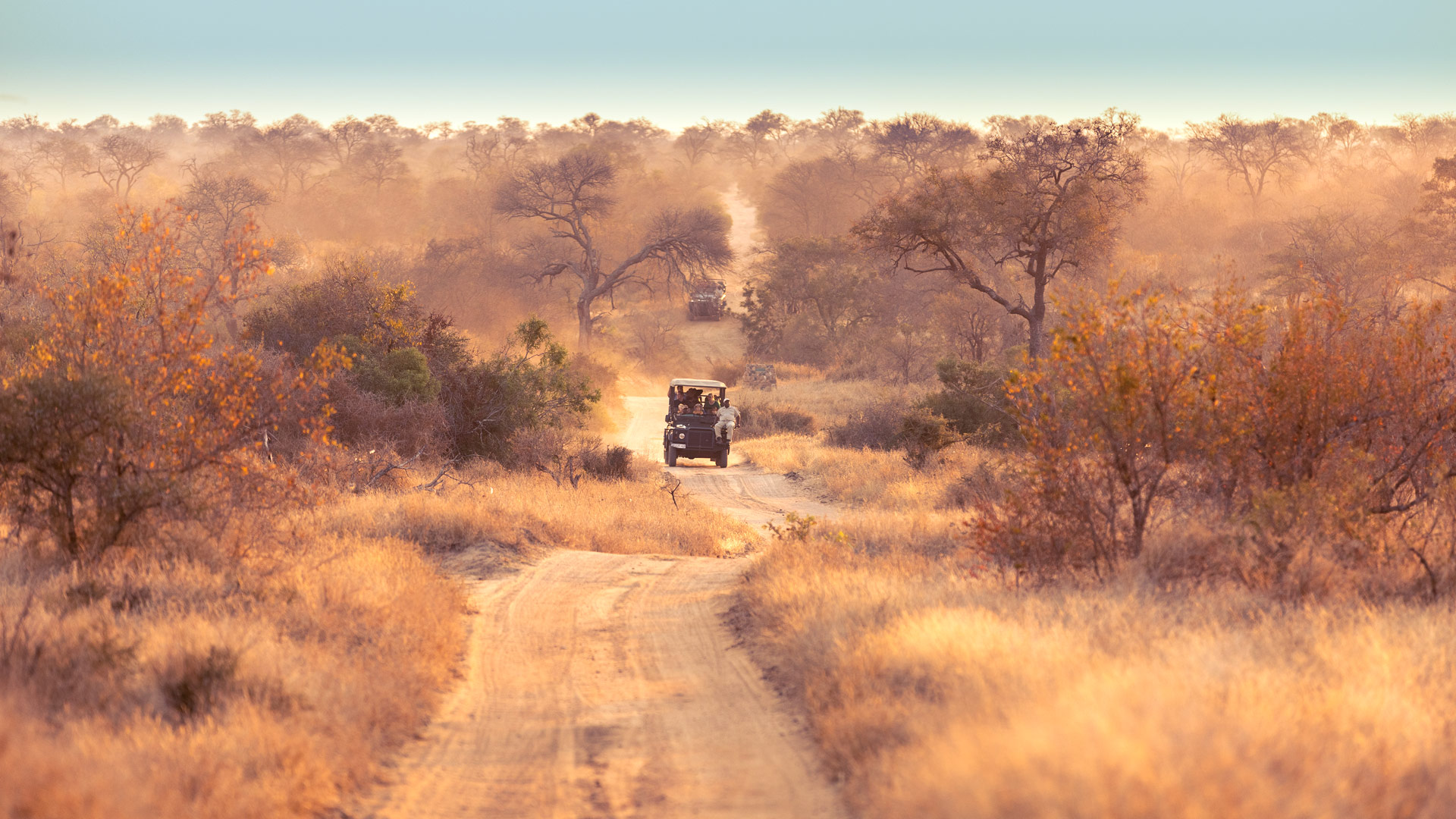
Safari to the Timbavati Reserve
Timbavati Reserve
is an excellent private safari area
adjoining central Kruger
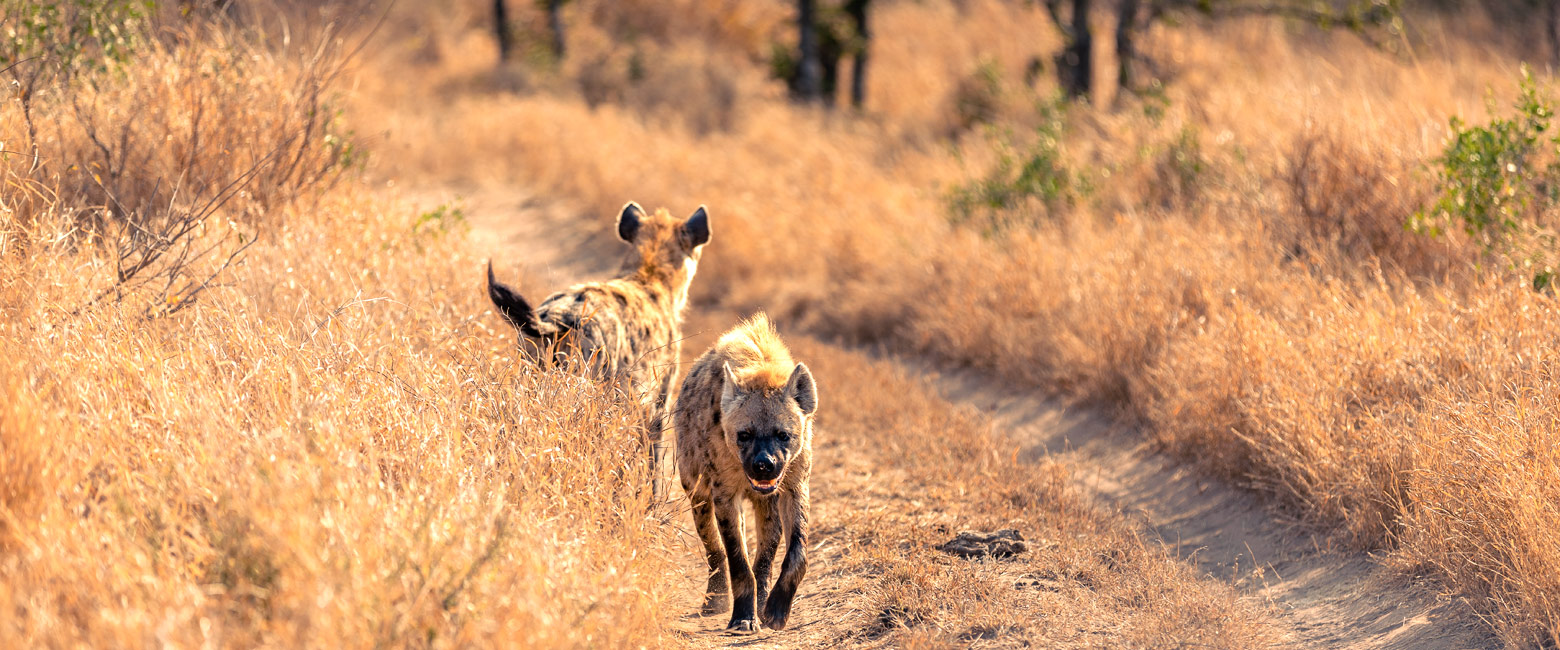
a less pricey alternative to Sabi Sand
Timbavati Reserve is located in the Kruger area of South Africa.
Situated to the east of the town of Hoedspruit, the Timbavati Reserve extends for an impressive 500 square kilometres of gently undulating Lowveld acacia scrub, dissected by seasonal rivers.
There are no fences between here and the main reserve, ensuring that Timbavati is part of the greater Kruger ecosystem.
Timbavati is perhaps the best known of all the private reserves, previously finding fame through the presence of white lions (which are no longer present, they were a genetic blip).
It’s a relatively pristine stretch of wilderness, without a great deal of pollution from roads, telegraph poles and other such features which blight so many of the lesser reserves in this area.
It contains a full range of animals, with wildlife viewing approaching the levels that should be expected of a reserve of this standing, although perhaps without the absolute reliability of the prime parts of the Sabi Sand Reserve to the south.
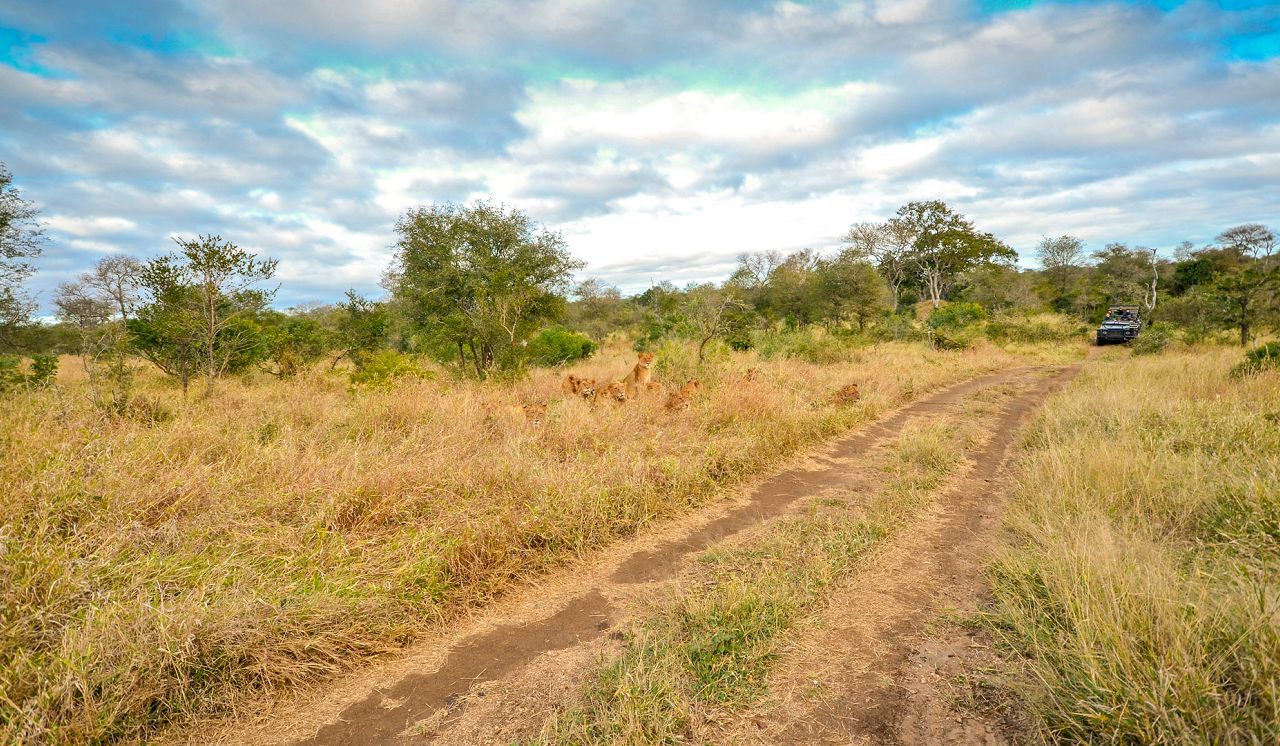
Gallery
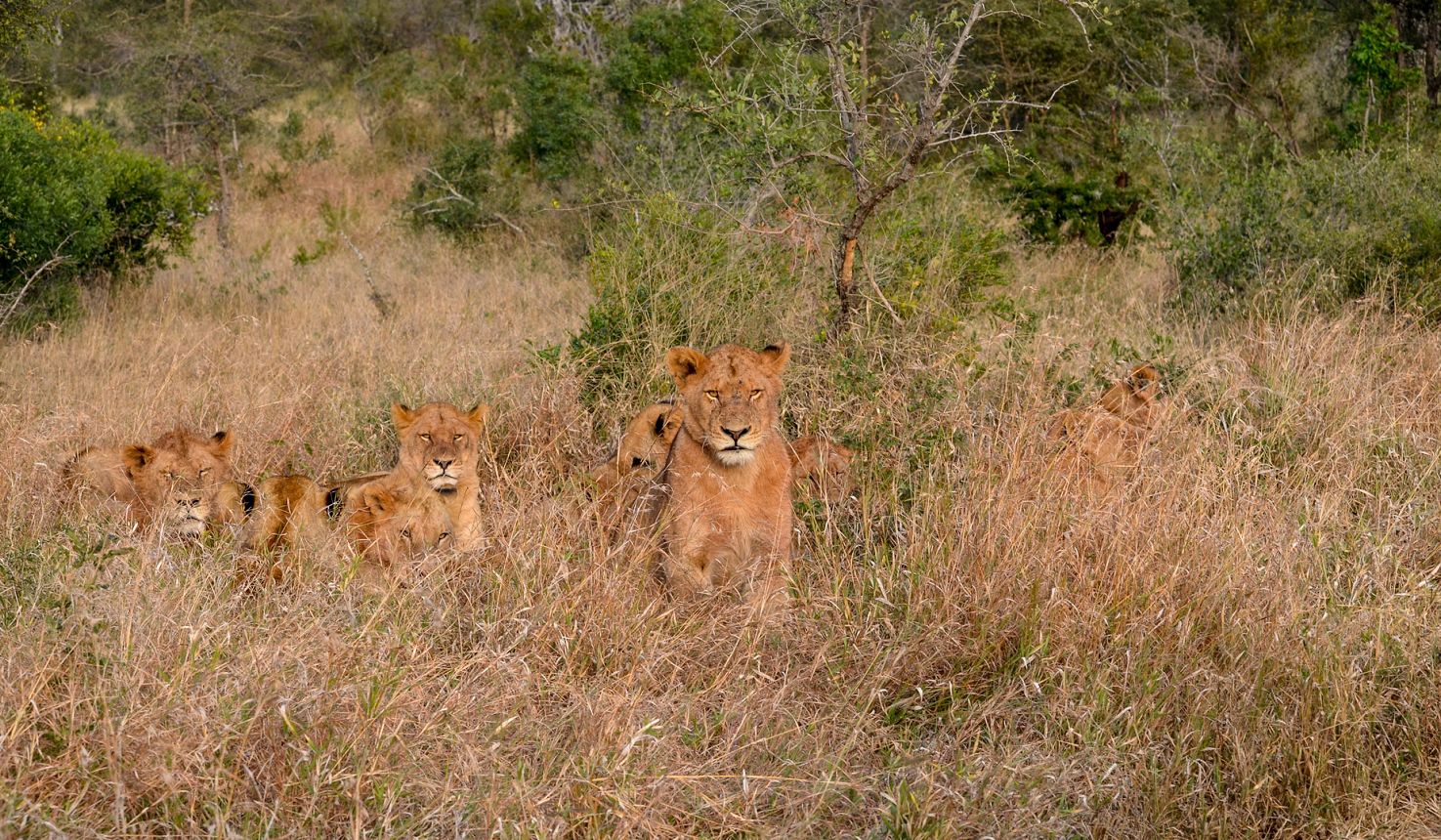
Video
Map
The Timbavati Reserve is one of the largest and best known private safari areas in the Kruger area. It is somewhere that features regularly in trips, often in combination with the even better known Sabi Sand area.
The usual stay duration is 3-4 nights.
Seasonality
The best time to visit Kruger is generally considered to be the May-Oct dry season, but (surprisingly) the reserve remains popular year round.
Safari in the Kruger area is much more seasonal than most people would lead you to believe. Trip planning is complicated by the fact that the seasons here are almost diametrically opposite to those down in Cape Town (with which the area is most commonly combined in trips).
Dry winter : Jun/Sep
This period is characterised by a cool dry winter which is generally considered to be the best time for wildlife viewing, although day length is relatively short and nights can get very cold. Unfortunately it does coincide with a more conventional cool wet winter in Cape Town.
Hot transition : Oct/Nov
This is the start of the hot wet summer. Wildlife viewing is usually very strong, but temperatures and humidities can become uncomfortably high in advance of the first rains, which usually arrive mid November to cool things down. This coincides with a usually pleasant spring season in Cape Town. October therefore represents an interesting compromise month.
Wet summer : Dec/Mar
This period is characterised by a hot wet summer, which is generally considered to be the most challenging time for wildlife viewing, although sightings should remain reliable in the premium areas. Day length is nice and long, but temperatures and humidities can become uncomfortably high and rain can be a major issue. However these potentially adverse conditions happen to coincide with a hot dry summer in Cape Town.
Cool transition : Apr/May
This is a period of transition between the hot wet summer and the cool dry winter, with wildlife viewing continuing to improve as the foliage dies back. Day length, temperatures and humidities are all in the middle of their ranges. The period coincides with autumn/fall in Cape Town, making this perhaps the strongest time of year for the combination.
Where to stay
Timbavati contains almost twenty lodges which, although not being cheap, are certainly competitively priced compared with those in Sabi Sand.
one of the best private reserves in Kruger
let us know your thoughts about South Africa
and we will help you create the perfect safari
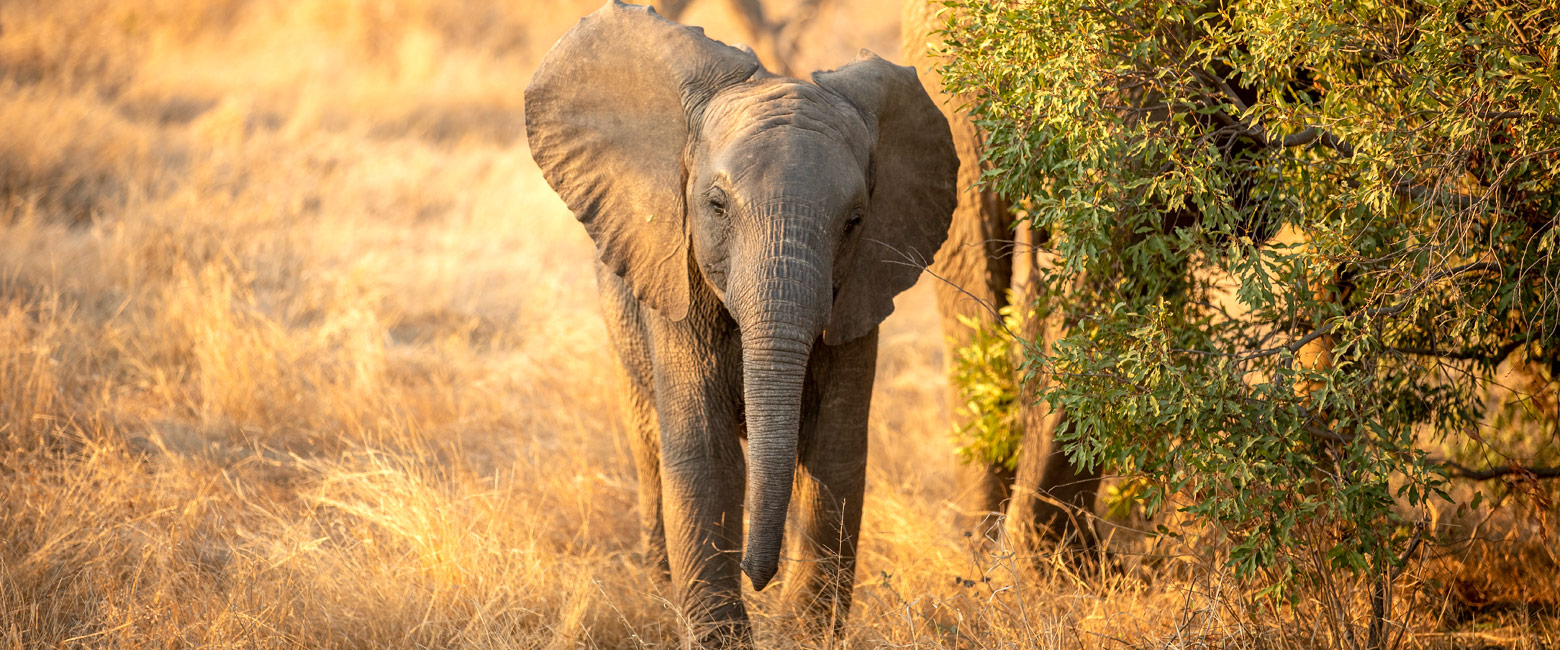
Extraordinary tailor-made adventures,
from earthy and edgy to easy and extravagant
From around USD 2500 per person, you set the ceiling
Sample Trips
Here are some of our popular trip shapes

Get started on your trip
It’s never too soon to get in touch, we are here to help with every stage of your planning.
Best Lodges
We regularly inspect and photograph all of the the best lodges, to ensure that we always recommend the most suitable options
Key Locations
Take a look around related locations. Click ‘View more’ to explore locations further afield.
Where Next?
Where Next?
We offer trips to dozens of fabulous countries.
Might one of these might be your next great adventure?

Please rotate your screen.









